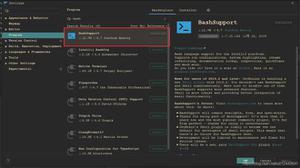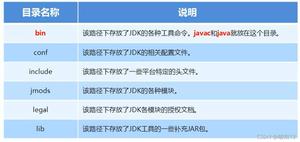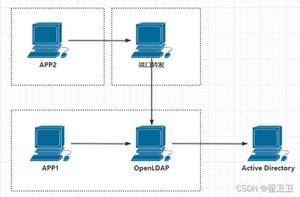python线程池(threadpool)模块使用笔记详解
最近在做一个视频设备管理的项目,设备包括(摄像机,DVR,NVR等),包括设备信息补全,设备状态推送,设备流地址推送等,如果同时导入的设备数量较多,如果使用单线程进行设备检测,那么由于设备数量较多,会带来较大的延时,因此考虑多线程处理此问题。
可以使用python语言自己实现线程池,或者可以使用第三方包threadpool线程池包,本主题主要介绍threadpool的使用以及其里面的具体实现。
一、安装与简介
pip install threadpool
pool = ThreadPool(poolsize)
requests = makeRequests(some_callable, list_of_args, callback)
[pool.putRequest(req) for req in requests]
pool.wait()
第一行定义了一个线程池,表示最多可以创建poolsize这么多线程;
第二行是调用makeRequests创建了要开启多线程的函数,以及函数相关参数和回调函数,其中回调函数可以不写,default是无,也就是说makeRequests只需要2个参数就可以运行;
第三行用法比较奇怪,是将所有要运行多线程的请求扔进线程池,[pool.putRequest(req) for req in requests]等同于
for req in requests: pool.putRequest(req)
第四行是等待所有的线程完成工作后退出。
二、代码实例
import time
def sayhello(str):
print "Hello ",str
time.sleep(2)
name_list =['xiaozi','aa','bb','cc']
start_time = time.time()
for i in range(len(name_list)):
sayhello(name_list[i])
print '%d second'% (time.time()-start_time)
改用线程池代码,花费时间更少,更效率
import time
import threadpool
def sayhello(str):
print "Hello ",str
time.sleep(2)
name_list =['xiaozi','aa','bb','cc']
start_time = time.time()
pool = threadpool.ThreadPool(10)
requests = threadpool.makeRequests(sayhello, name_list)
[pool.putRequest(req) for req in requests]
pool.wait()
print '%d second'% (time.time()-start_time)
当函数有多个参数的情况,函数调用时第一个解包list,第二个解包dict,所以可以这样:
def hello(m, n, o):
""""""
print "m = %s, n = %s, o = %s"%(m, n, o)
if __name__ == '__main__':
# 方法1
lst_vars_1 = ['1', '2', '3']
lst_vars_2 = ['4', '5', '6']
func_var = [(lst_vars_1, None), (lst_vars_2, None)]
# 方法2
dict_vars_1 = {'m':'1', 'n':'2', 'o':'3'}
dict_vars_2 = {'m':'4', 'n':'5', 'o':'6'}
func_var = [(None, dict_vars_1), (None, dict_vars_2)]
pool = threadpool.ThreadPool(2)
requests = threadpool.makeRequests(hello, func_var)
[pool.putRequest(req) for req in requests]
pool.wait()
需要把所传入的参数进行转换,然后带人线程池。
def getuserdic():
username_list=['xiaozi','administrator']
password_list=['root','','abc123!','123456','password','root']
userlist = []
for username in username_list:
user =username.rstrip()
for password in password_list:
pwd = password.rstrip()
userdic ={}
userdic['user']=user
userdic['pwd'] = pwd
tmp=(None,userdic)
userlist.append(tmp)
return userlist
以上是 python线程池(threadpool)模块使用笔记详解 的全部内容, 来源链接: utcz.com/z/344694.html








